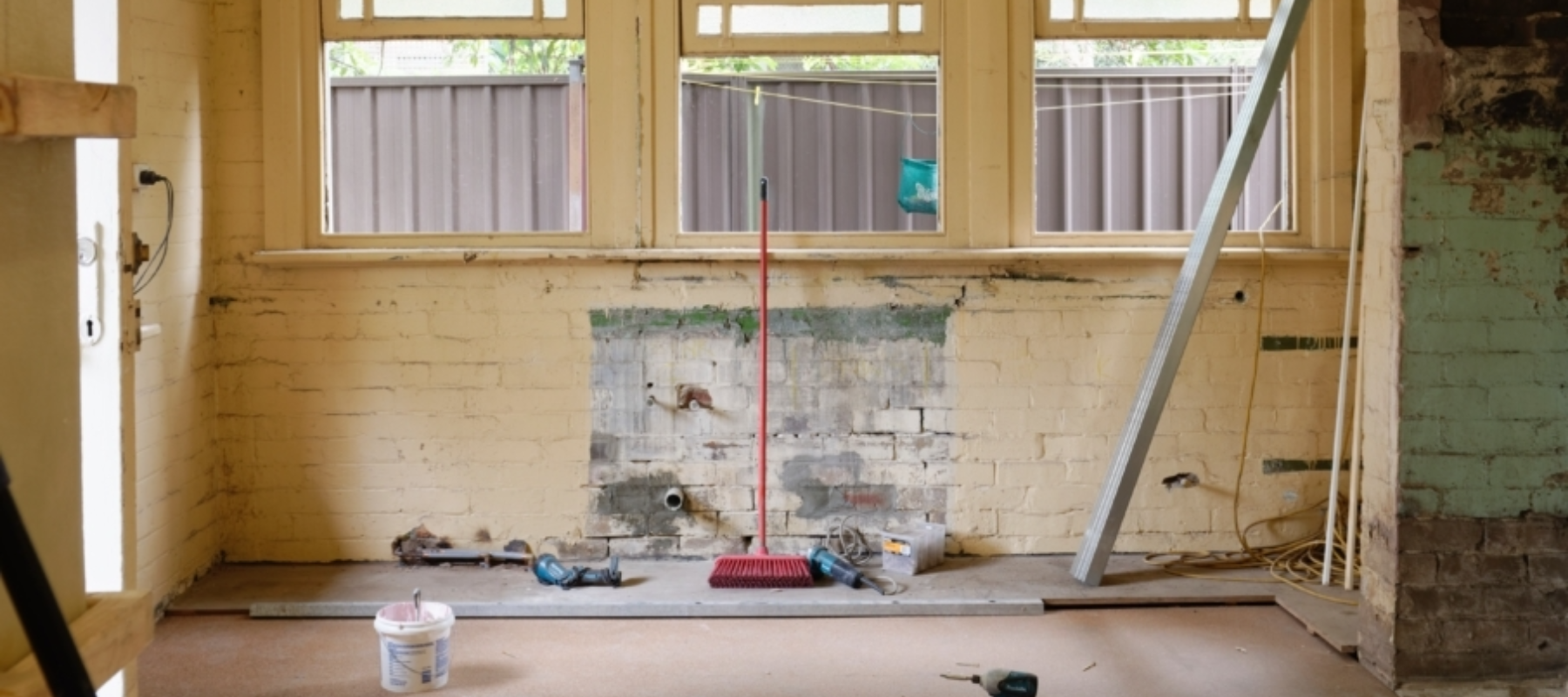Rules When Remodeling in Boise’s Historic Neighborhoods

Boise has ten neighborhoods which have been classified as “Historic Districts.” These districts can be found in the interactive map here.
Do you live in a historic district in the city of Boise? Here’s what you need to know if you’re going to build or remodel.
Certificate Of Appropriateness
For most homeowners, living in an historic district has little impact on the use and improvement of their property. But under State and municipal law, property owners must secure a Certificate of Appropriateness for external alterations to houses and structures.
A Certificate of Appropriateness is not required for items such as:
- internal alterations
- general maintenance
- painting any portion of a building that has been previously painted
- installation of sprinklers
- decks and landscaping that are not visible from the street.
However, a Certificate of Appropriateness is required for major alterations. Major alterations go beyond the scope of performing basic repairs and maintenance, and often significantly impact the appearance of the home. These homes come with a rich architectural legacy, and as such, maintaining historical appropriateness is a priority to the city of Boise.
If the proposed change is a major alteration to the existing structure, then the homeowner must ensure that they and their general contractor both understand the Design Guidelines for Residential Historic Districts. It can be useful to approach the entire design project with these guidelines at top of mind.
These guidelines explain how the City’s planning department and the Historic Preservation Commission determine if proposed structural changes should be accepted or rejected.
Listed below are some common mistakes which occur when building in the Historic Districts.
Building Materials
Generally speaking, any new building materials utilized in a project should be similar to or matching those already found within a given historic building or district. Exteriors are often constructed with clapboard, shiplap, wood siding, brick, stucco, or sandstone. Foundations are often made of sandstone blocks. Stone, stucco, or rusticated concrete blocks were also used either as wall building material or ornamental decoration.
Generally Appropriate:
- Using exterior wall materials that are commonly present in the district
- Ensuring that the predominant texture of the new building is consistent with the texture of historic materials in the district.
- Using wood or painted, composite wood-resin, or fiber cement sidings as building material in new construction
Generally Not Appropriate:
- Using faux wood graining in composite or artificial materials used to simulate wood siding.
- Using prefabricated or metal buildings.
- Using vinyl and aluminum materials on new buildings
Windows, Doors, And Facade Treatment
Solid to void ratios, or the balance between solid walls and window or door openings, should be similar between adjacent buildings in a historic lot or district. The proportions should all be balanced in a similar manner. While the front facades of buildings will vary in a given district, they should share in a similar sense of proportion and scale, width and height, window and door placement along their facades. This creates a congruent relationship between different buildings along the street in a given historic district.
Generally Appropriate:
- Using double or single-hung sash windows
- Using a balance of wall to window (or solid to void) spacing that is similar to other historic buildings of the district
- Using wood or aluminum clad materials
Generally Not Appropriate:
- Using windows or doors that are incongruent with similar historic looks
- Using vinyl windows
- Using aluminum doors with milled, brushed, or polished finishing
Roof Forms & Material
The forms, slope rations, and materials of roofs should be drawn from similar historical buildings within the district. Roofs make a major impact and are distinctive to the historic era from which they originated. It’s important to maintain the architectural integrity of historic buildings through the visual expression of roof forms. Most Boise districts showcase simple roofs with gables, hips, or a combination of the two. Historical roofs often extend beyond the walls of the house in order to protect window and door openings and provide shade. These overhanging eaves may be soffited with wooden vents.
Generally Appropriate:
- Using traditional gabled or hipped roofs
- Maintaining visual and material congruity
- Minimizing the visual impacts of skylights and other rooftop devices that are clearly modern and visible to the public
Generally Not Appropriate:
- Using a roof of a size, shape, color, or slope that isn’t typical to the historic district
- Using corrugated roofing material
- Using non-traditional building forms and roofs that detract from the visual continuity of the historic district
These are just three examples of what the guidelines consider historically appropriate and inappropriate. When building in historic districts, please remember the City takes these guidelines seriously. Failure to comply with them could result in a denial of a certificate of appropriateness. It’s best to avoid costly mistakes and know your neighborhood before you build.
How Our Real Estate Attorneys Can Help:
Recent cases have brought to light the importance of becoming thoroughly educated on the laws pertaining to houses in the Historic District. An act as seemingly simple as demolishing an outbuilding or removing a tree can cause an unaware homeowner to run afoul of the law.
We aim to ensure that property owners stay in good standing, while also continuing to support the preservation of these unique historical homes.
If you are uncertain of the terms of the Design Guidelines, we can help you understand your rights and responsibilities as a historic property owner.
Whether you are looking to launch a historically appropriate remodeling project on your home, or are facing litigation for a lack of proper permit, we can help. Get in touch with our experienced Boise real estate attorneys today.
Tags:




